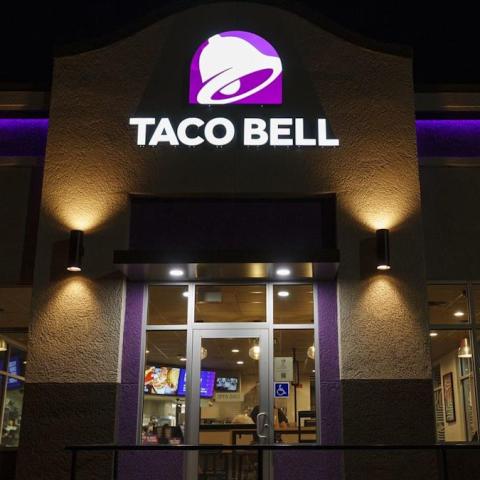When we hear about foodborne illnesses from E. coli or salmonella, it often leads to major food recalls. But these bacteria can also be hiding in our kitchens. According to the Centers for Disease Control and Prevention, around 48 million Americans get sick from contaminated food every year, and 128,000 are hospitalized.
We all have our favorite cooking styles, but some of our habits might invite these dangerous bacteria into our homes. Keith Schneider, a food safety professor at the University of Florida, emphasizes that food safety is critical, whether you’re at a fancy restaurant or in your own kitchen.
Joshua Resnick, a chef certified by the New York City Department of Health, adds that pathogens are oblivious to their surroundings; they thrive just as easily at home. So, following food safety practices at home is a must.
Common Kitchen Mistakes
Not Washing Hands
Before preparing any food, always wash your hands. Germs love to hitch a ride on our hands and can easily spread to food and surfaces. Mitzi Baum, CEO of STOP Foodborne Illness, stresses that washing hands often is the simplest way to prevent cross-contamination. Washing hands before, during, and after handling raw meat is especially important, as phones can also harbor bacteria.
Using One Cutting Board for Everything
If you cut raw chicken on a cutting board, wash it before slicing veggies. Cross-contamination can happen easily if the board and utensils aren’t cleaned properly. Schneider suggests using color-coded cutting boards for meat and veggies to avoid this issue.
Reusing Plates for Raw and Cooked Meat
After grilling, don’t place cooked meat back on the same plate used for raw meat. It’s a common mistake that could lead to foodborne illness. Always use separate plates for raw and cooked food items.
Washing Raw Chicken
Many people wash raw chicken, believing it’s necessary. However, this practice can spread bacteria around your kitchen. Schneider advises that meat is already cleaned at the processing plant, so washing is unnecessary. Instead, focus on sanitizing your kitchen surfaces regularly.
Thawing Meat Incorrectly
Thawing meat on the counter creates a breeding ground for bacteria. Resnick suggests thawing in the fridge, under cold running water, or during cooking. Any method that exposes meat to temps in the danger zone (41 to 135°F) for too long can lead to unsafe food.
Skipping the Meat Thermometer
Not using a meat thermometer can set you up for foodborne illness. Baum emphasizes the importance of accurate cooking temperatures to kill harmful bacteria. Different meats have different safe temperatures, which you can check with the U.S. Department of Agriculture guidelines.
Microwave Cooking Issues
Cooking in the microwave can lead to uneven cooking. Follow cooking instructions carefully and adjust for your microwave’s wattage to ensure your food is safe to eat.
Putting Warm Food in the Fridge
Placing warm leftovers directly into the fridge can raise the internal temperature, allowing bacteria to grow. It’s best to cool food before storing. If in a hurry, speed up cooling by using metal containers or cutting food into smaller pieces.
Conclusion
Keeping your kitchen safe is crucial for you and your loved ones. By following these simple practices, you can help prevent foodborne illnesses and create a healthier home environment. Remember, food safety starts at home!
Source link
Food safety,Joshua Resnick,Getty Images,Keith Schneider,cooking methods,food,cooking techniques






















